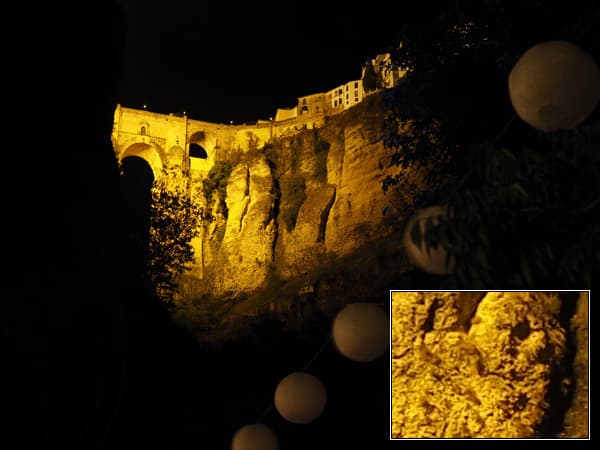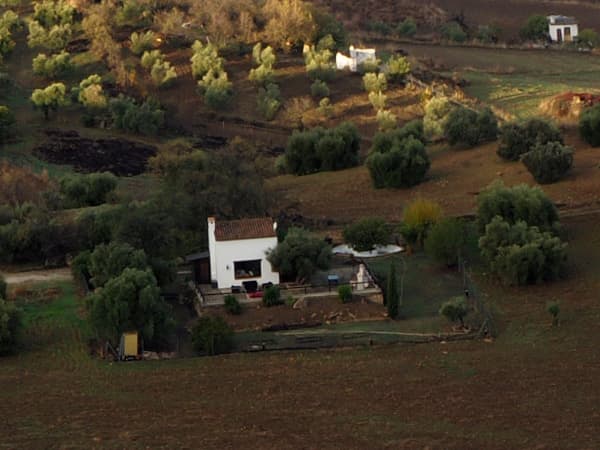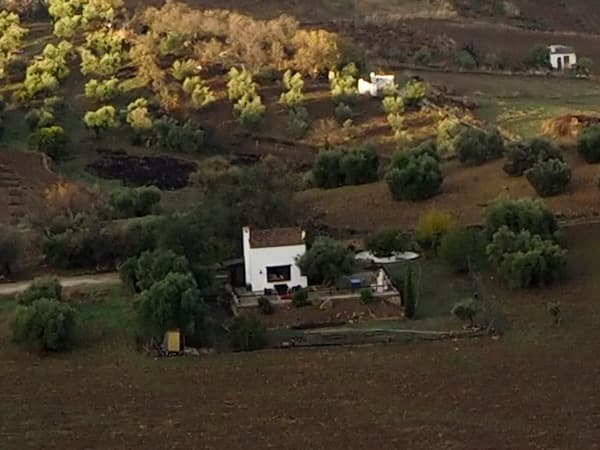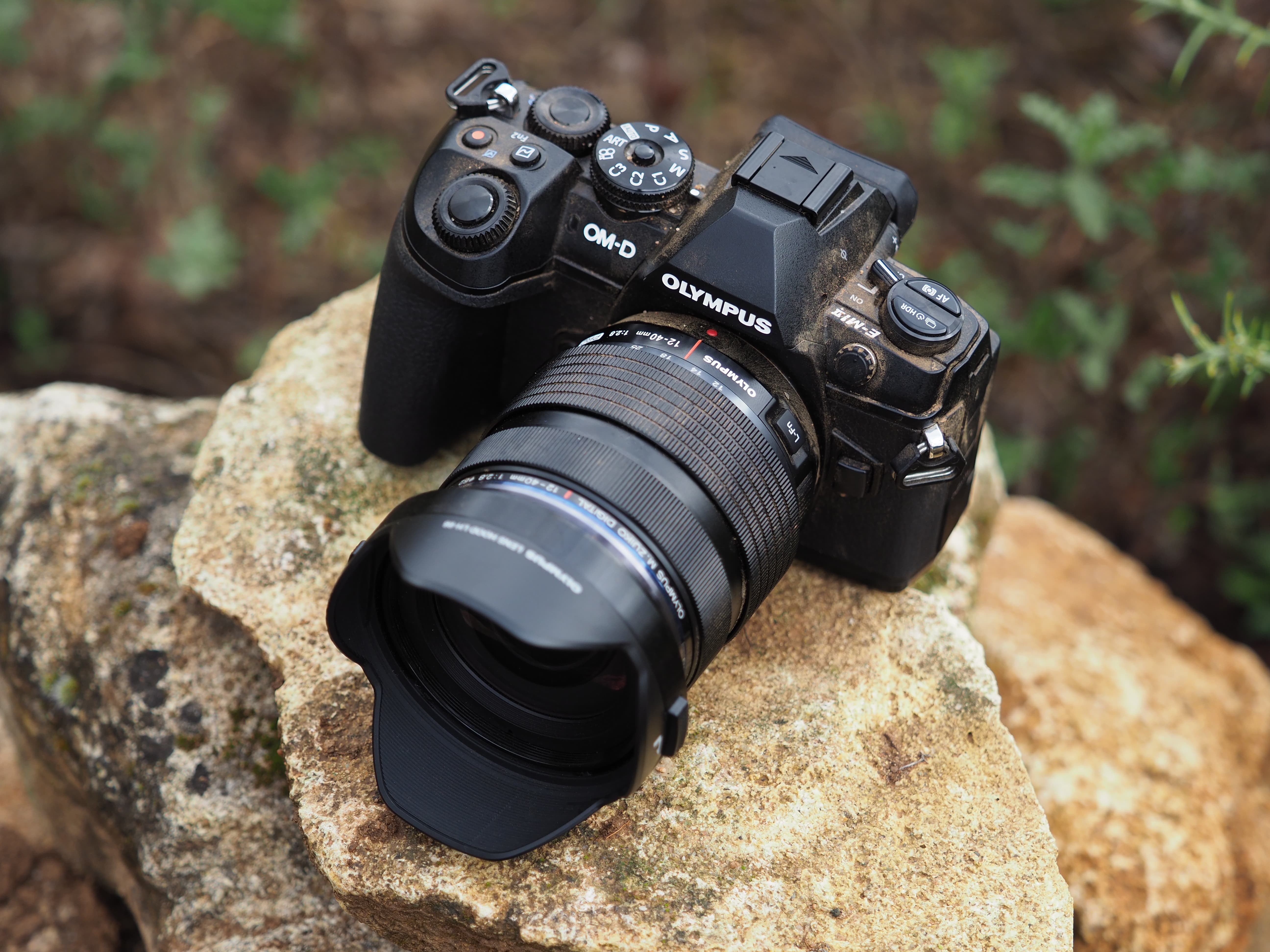We’ve been able to try out the Olympus OM-D E-M1 Mark II on a press trip to Ronda in southern Spain courtesy of Olympus UK. Over the course of a brief weekend shooting session we were able to test the new camera’s improved in-body image stabilisation, along with numerous opportunities to explore its much-vaunted continuous shooting and autofocus systems. We also got the chance to try out its Pro Capture shooting mode, which can record at 60 frames per second in full resolution raw, including 14 frames taken before you even fully depress the shutter button.
You’ll find our image samples gallery of uncropped, out-of-camera JPEGs at the bottom of this page, but first here are our impressions of how well the camera’s key features work. You can also read our first-look review of the Olympus OM-D E-M1 Mark II.
Pro Capture mode
Pro Capture mode works by starting to buffer full resolution sensor readout data when you half-press the camera’s shutter button. When you fully-press the shutter button down, the camera starts saving full-resolution images at 60 frames per second, including up to 14 of those pre-buffered frames. The idea here is that you can capture action that happened fractionally before you had time to react to what you’ve seen in the viewfinder.

9 sequential frames originally shot at full resolution using Pro Capture mode
The sequence above illustrates what this can do; in this case the camera has captured an arrow piercing water-filled balloons, and various stages of them bursting. Few other cameras could come remotely close to doing this (you can see full resolution versions of a selection of these shots in the gallery below).
Image stabilisation
Olympus was keen to show of the remarkable benefits of its new Dual IS system for video shooting with the 12-100mm f/4 PRO lens, and it was very impressive. But we also had the opportunity to take a further look at something most photographers will value more – handheld stills shooting with existing lenses.

0.5sec f/2.8 ISO 200, 12-40mm f/2.8 at 30mm
Again the E-M1 II responded well, with the shot above taken handheld at 1/2sec and 60mm equivalent with the 12-40mm f/2.8 PRO being perfectly perfectly sharp, as shown by the inset 100% crop, corresponding to around 5 stops of stabilisation. This was by no means a one-off; I shot several replicates and about half were just as sharp, with the remainder only slightly soft. Similar shots with IS turned off were, not surprisingly, hopelessly blurred.
High Resolution Composite test shots
Further tests of the E-M1 II’s High Resolution Composite mode reinforced the initial impression in our First Look review. The camera offers two output sizes – 25MP and 50MP – for this 8-exposure composite mode, and the 25MP version seems to be able to include almost all of the captured information in a JPEG file that’s half the size (both in pixel count and file size).

Test scene: 12-40mm f/2.8 lens at 19mm f/5.6

100% crop from 50MP output

100% crop from 25MP output

100% crop from standard single-shot 20MP output
These crops show how high-resolution composite mode can record detail the camera’s normal 20MP single-shot output can’t – see the roof and foreground. It also shows that there’s not a huge amount more detail on the 50MP output compared to the 25MP version.
Continuous AF
We had numerous opportunities to test the E-M1 II’s continuous AF with a variety of subjects. On the whole it performed pretty well, and would match many DSLRs. I’m not convinced it’s quite as good as class-leaders such as the Nikon D500, and it seems to lack the level of fine-tuning of the AF behaviour that’s on offer in the Fujifilm X-T2. But it can probably keep track of moving subjects better than any other Micro Four Thirds camera.
Olympus OM-D E-M1 Mark II image samples gallery
You can view fiew full-size images by following the link; all are out-of-camera JPEGs










